Key Takeaways
- Pet rats live 2–3 years, with some reaching 4 years with proper care.
- Wild rats live around 1 year due to predators and harsh conditions.
- Black rats survive 1–2 years, often near human environments.
- Norway rats live 1 year in the wild; up to 3 years in captivity.
- Mole rats live 3–5 years; naked mole rats may live up to 30 years.
- Rats can survive 1–2 weeks without food, but only 3–4 days without water.
- Lifespan is affected by diet, care, socialization, and environment.
- Effective pest control helps maintain safe, rat-free living spaces.
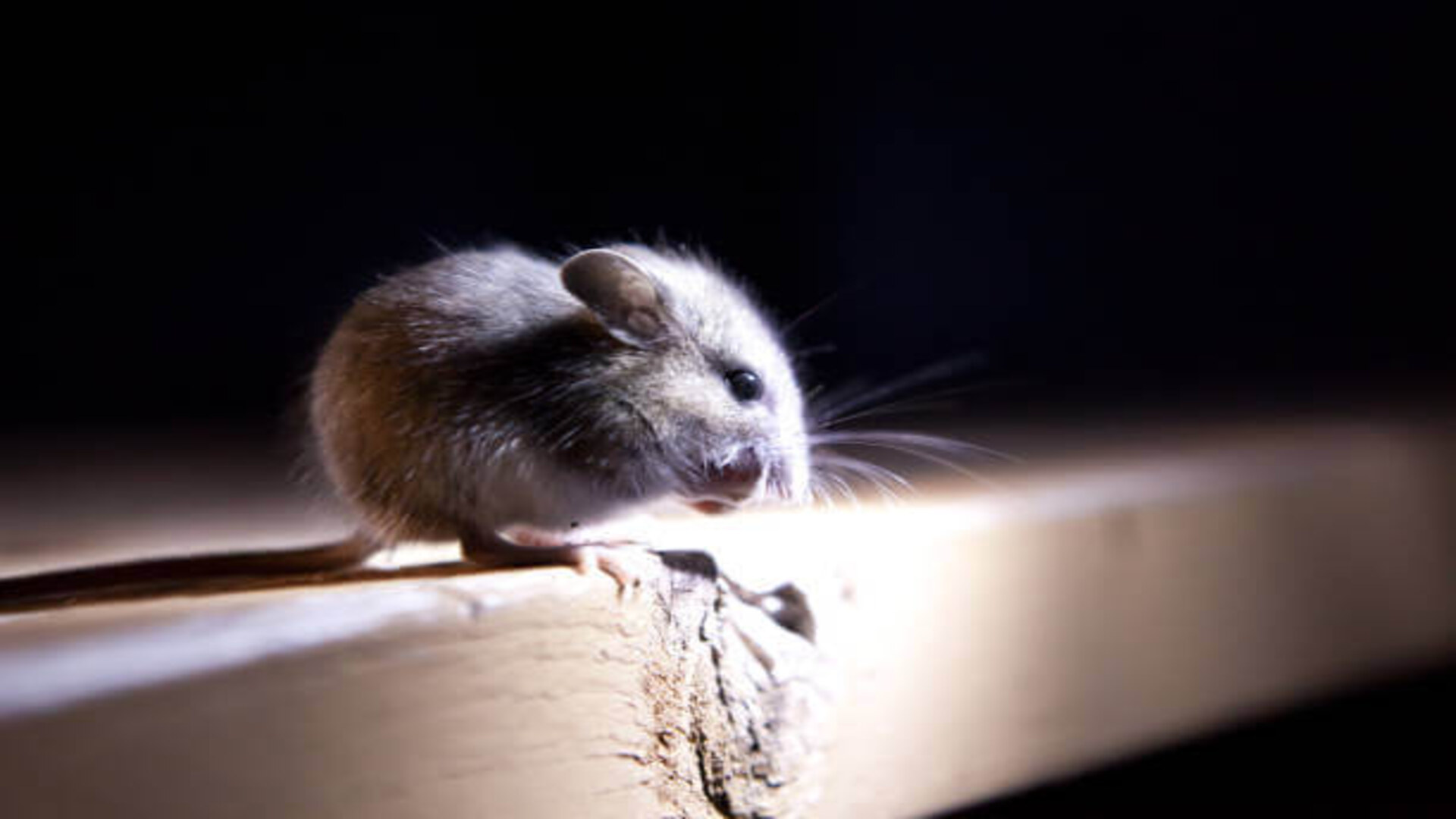 Rats are common creatures found in homes, urban areas, and the wild. They have different lifespans depending on their environment, with various factors influencing how long they live. Wild rats generally live shorter lives due to numerous risks, whereas pet rats tend to have longer lifespans due to controlled conditions.
In this blog, we will look at how long rats live in different settings, the factors that impact their lifespan, and how you can manage them.
If you’re noticing rats around your property, it’s important to act quickly to protect your home and family. Our expert rodent control services provide customized solutions to effectively eliminate rats and ensure your space remains pest-free. To know more, you can Book a Free Pest Inspection Visit to your house and keep pest out of your home.
Rats are common creatures found in homes, urban areas, and the wild. They have different lifespans depending on their environment, with various factors influencing how long they live. Wild rats generally live shorter lives due to numerous risks, whereas pet rats tend to have longer lifespans due to controlled conditions.
In this blog, we will look at how long rats live in different settings, the factors that impact their lifespan, and how you can manage them.
If you’re noticing rats around your property, it’s important to act quickly to protect your home and family. Our expert rodent control services provide customized solutions to effectively eliminate rats and ensure your space remains pest-free. To know more, you can Book a Free Pest Inspection Visit to your house and keep pest out of your home.
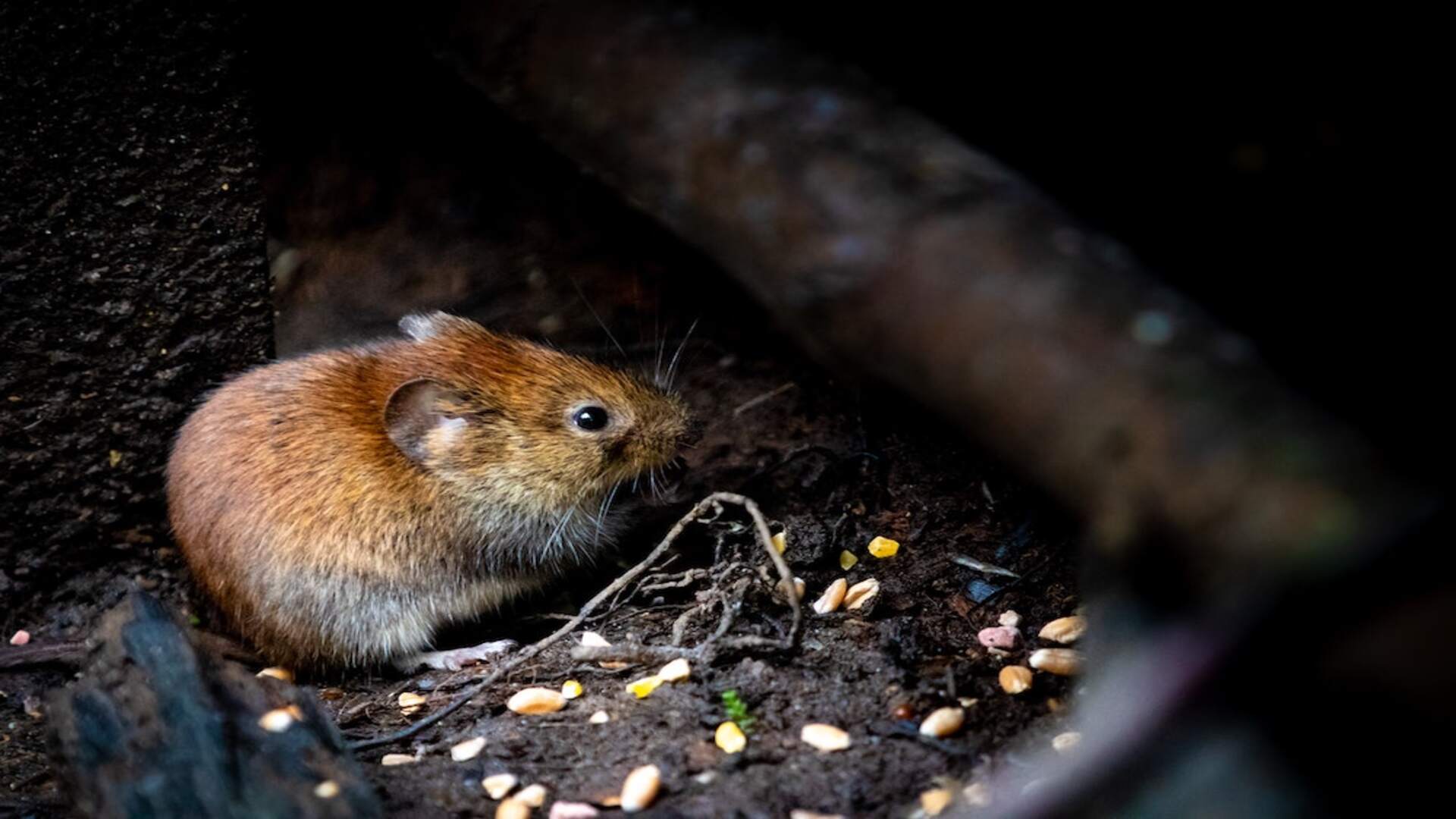

Not getting a solution?
Get your free pest control estimate today!How Long Do Rats Live?
Rats have relatively short lifespans, but their longevity can differ significantly depending on their environment, species, and overall living conditions. Wild rats typically live for about one year due to constant exposure to predators, diseases, and harsh weather. In contrast, pet rats have a much longer lifespan, often living 2 to 3 years, with some even reaching 4 years if provided with optimal care and a safe environment. The lifespan of rats helps pet owners provide better care and highlights the challenges of managing wild rat populations. While wild rats face daily survival threats, pet rats benefit from a safer, more controlled environment, allowing them to live longer.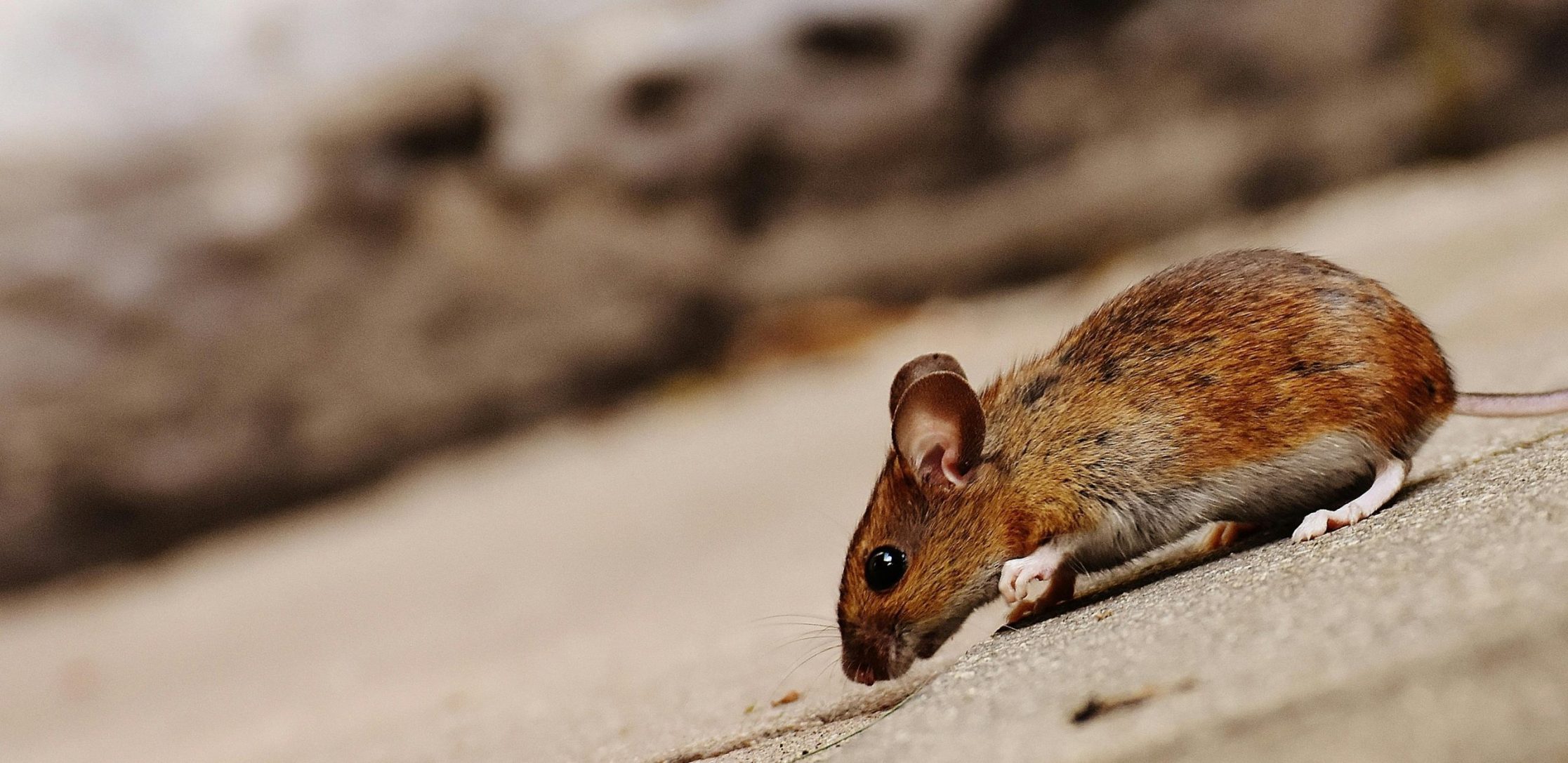
How Long Do Pet Rats Live?
Domesticated rats, often kept as pets, benefit from better living conditions, nutritious food, and access to veterinary care. Unlike their wild counterparts, pet rats live in a safe, controlled environment that supports their health and well-being. As a result, pet rats typically live for 2 to 3 years, with some even reaching up to 4 years if provided with exceptional care and attention.Factors Affecting Pet Rat's Lifespan
-
Living Conditions: Clean, safe, and predator-free environments with spacious cages, toys, and hiding spots promote better health and mental well-being.
-
Nutrition: A balanced diet of commercial rat food, fresh fruits, vegetables, and protein supports growth, immunity, and overall health.
-
Social Interaction: Rats are social animals. Living with other rats reduces stress, increases happiness, and encourages active play, all of which support longevity.
-
Health Monitoring: Regular check-ups with a vet and early detection of diseases or any other issue can prevent life-threatening conditions and support longer lifespans.
How Long Do Wild Rats Live?
Wild rats face unpredictable and dangerous environments, leading to significantly shorter lifespans than pet rats. Exposed to predators, harsh weather, and limited access to food, wild rats typically survive for about one year. Their short lifespan is a direct result of the numerous threats and challenges they encounter in the wild.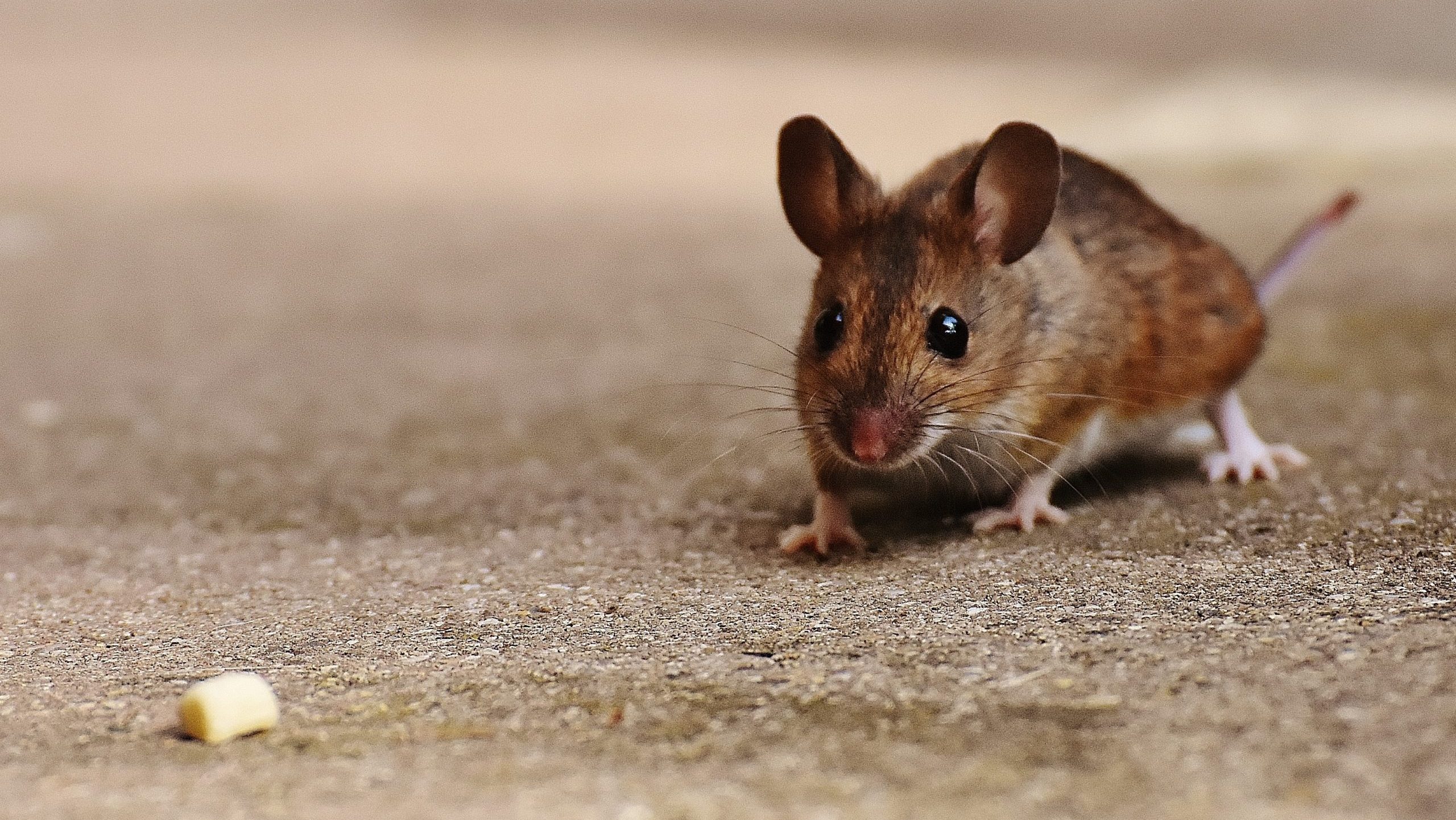
Factors Affecting Wild Rats' Lifespan
-
Predators: Wild rats are preyed upon by cats, birds of prey, snakes, and larger animals, making survival difficult.
-
Diseases: Exposure to parasites and diseases like leptospirosis and hantavirus increases mortality rates.
-
Food Scarcity: Wild rats rely on available food sources, with those living near human settlements having better access than those in isolated areas.
-
Weather and Environment: Harsh weather conditions, such as extreme heat, cold, or flooding, can reduce survival rates.
-
Reproduction: Wild rats reproduce rapidly, with females producing multiple litters annually. This high birth rate helps sustain rat populations despite their short lifespans.
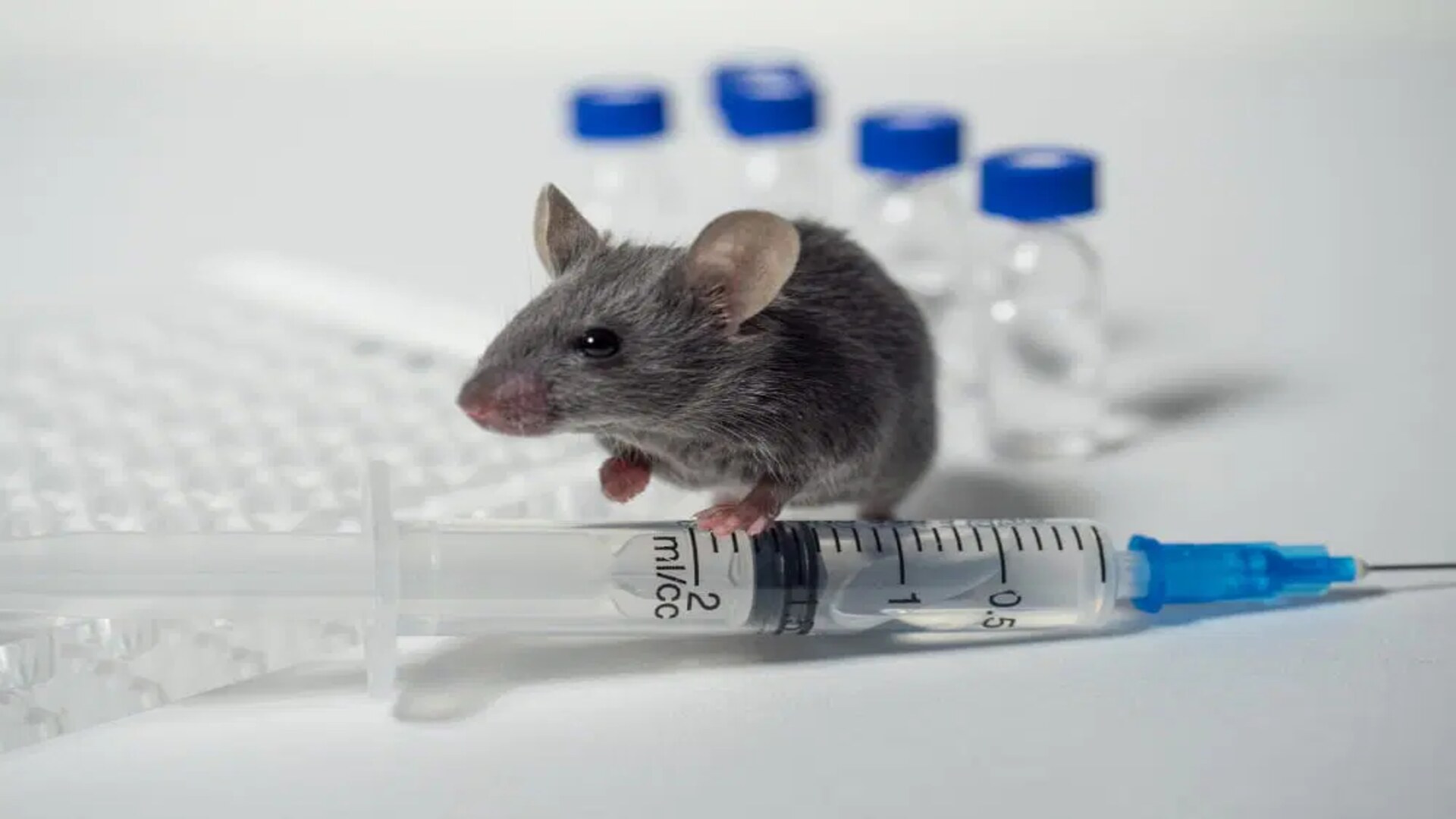
How Long Do Black Rats Live?
Black rats or roof rats (Rattus rattus) are agile climbers that often inhabit high places like attics, roofs, and rafters. Their lifespan depends on access to food, shelter, and protection from predators, with those living in human-inhabited areas tending to survive longer.Factors Affecting Black Rats' Lifespan
-
Lifespan: In the wild, black rats live for about 1 to 2 years. In human-inhabited areas, their lifespan extends closer to 2 years due to better access to shelter and food.
-
Habitat: Black rats prefer high places like attics, roofs, and rafters, where they are less likely to encounter predators.
-
Access to Food: Rats living near human settlements have greater access to food scraps, improving their chances of survival.
-
Protection from Predators: Since black rats occupy high places, they are less vulnerable to ground-based predators like cats and snakes.
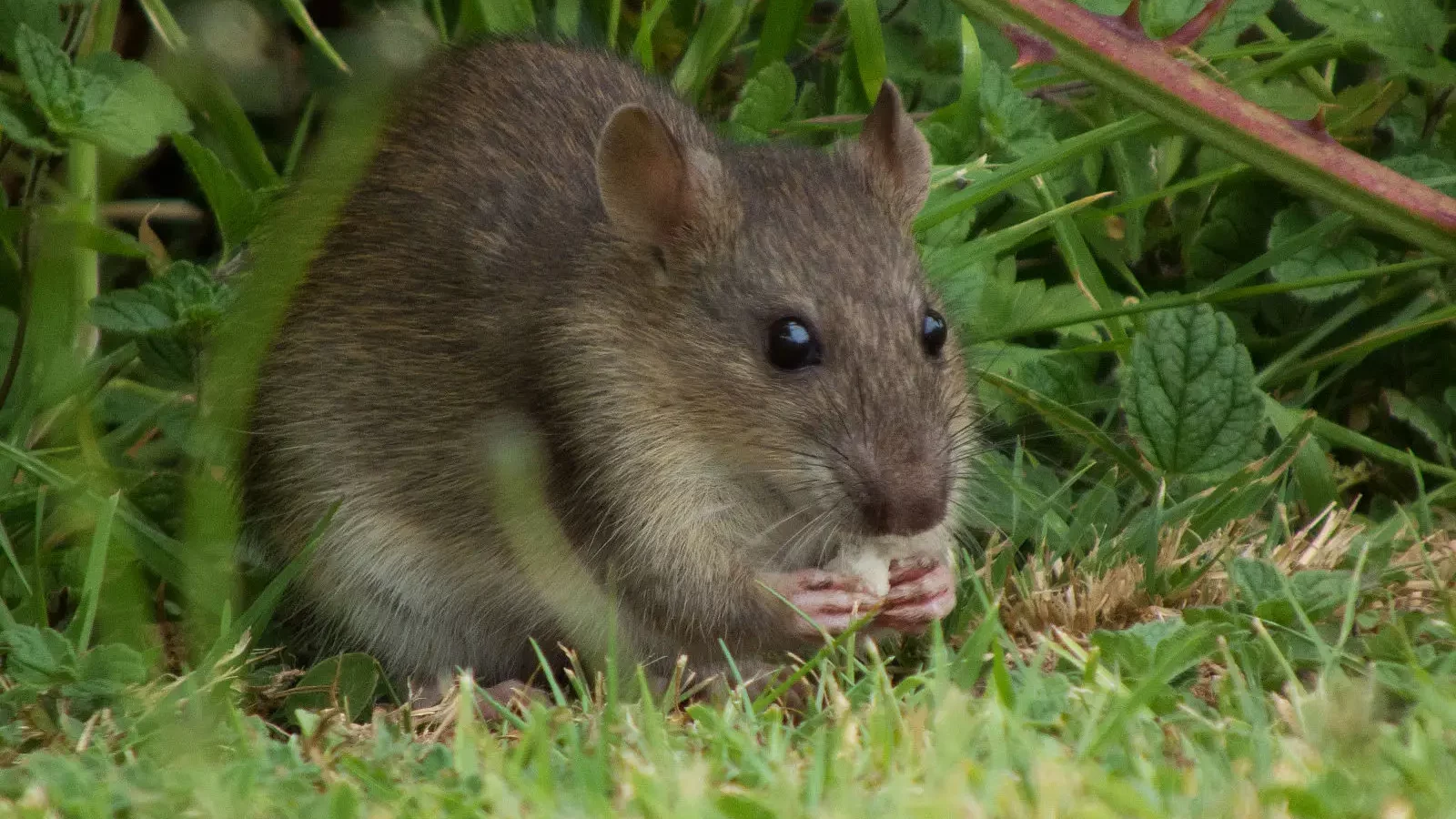
How Long Do Norway Rats Live?
Norway rats (Rattus norvegicus) are one of the most widespread rat species, commonly found in homes, sewers, and commercial properties. Their lifespan varies significantly based on their living environment and access to resources.Factors That Influence Norway Rats' Lifespan
-
Lifespan: In the wild, Norway rats typically live for about 1 year due to exposure to predators, harsh weather, and disease. However, domesticated Norway rats (often kept as pets) can live up to 2 to 3 years due to better living conditions, healthcare, and access to proper nutrition.
-
Habitat: They prefer to live in underground burrows, sewers, and basements, as these areas offer protection from predators and harsh weather.
-
Access to Food: Norway rats are opportunistic feeders and often settle near food sources such as garbage bins, pantries, and kitchen areas, which allows them to survive longer in urban areas.
-
Exposure to Predators and Disease: Wild Norway rats face significant threats from predators like cats, birds of prey, and snakes. They are also exposed to diseases from contaminated food and water sources, which contributes to their shorter lifespan.
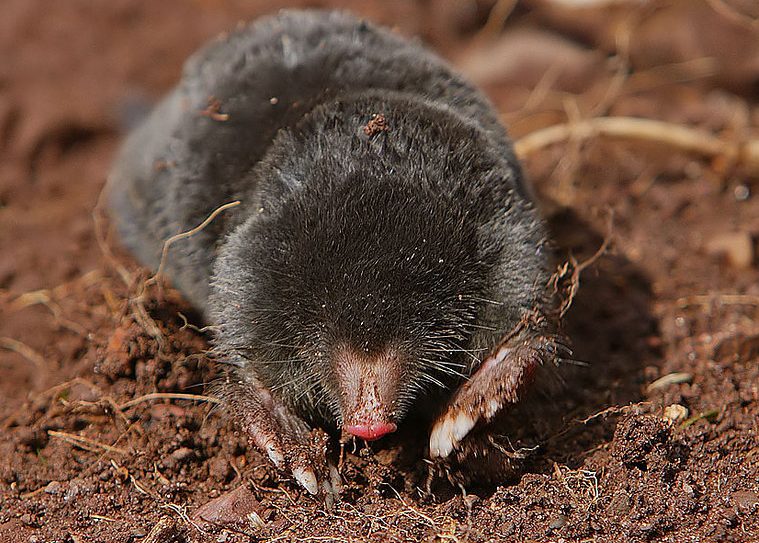
How Long Do Mole Rats Live?
Mole rats are subterranean rodents known for their unique underground lifestyle. While there are several species of mole rats, their lifespan and survival depend on environmental factors and access to resources.Factors Affecting Mole Rats' Lifespan
-
Lifespan: Mole rats, like the Blesmole, typically live 3 to 5 years in the wild, while naked mole rats have a lifespan of 30 years, far surpassing most rodents.
-
Habitat: Their underground tunnels protect them from predators and harsh weather, offering a safer, more controlled living environment.
-
Food Access: Mole rats feed on roots and underground plant materials found within their tunnels, ensuring consistent access to food.
-
Predators and Disease: Living underground shields them from surface predators and reduces exposure to environmental hazards, supporting longer lifespans.
How Long Can Rats Live Without Food?
Rats are known for their resilience, but their ability to survive without food is limited. Typically, they can endure up to 1 to 2 weeks without food. However, water is far more essential to their survival, as they can only last 3 to 4 days without it. This is because dehydration poses a greater threat than starvation. When food becomes scarce, rats have the ability to slow down their metabolism and draw energy from stored fat reserves. However, without access to water, their survival time is significantly reduced. These behaviors have important implications for pest control.
Factors That Affect Rat Lifespan
| Factor | Wild Rats | Pet Rats |
|---|---|---|
| Predation | Short lifespan (1 year) | None (safe from predators) |
| Food Availability | Limited food access | Constant, balanced diet |
| Health Care | No healthcare | Veterinary care available |
| Disease Exposure | High risk | Low risk in clean environments |
| Living Conditions | Harsh (burrows) | Clean, spacious cages |
| Stress | High | Reduced (companionship) |
| Social Interaction | Limited socialization | Live with other rats |
Myths and Facts about Rat Lifespans
Many misconceptions exist about how long rats live, both as pets and in the wild. Knowing the reality behind these myths can help you provide better care for pet rats or manage wild rat infestations. Here are some common myths and the facts that debunk them:| Myth | Fact |
|---|---|
| Rats live as long in the wild as pets. | Wild rats typically live 1-2 years, while pet rats can live 2-4 years with proper care. |
| All pet rats live to the same age. | Lifespan varies depending on factors like diet, health care, and genetics. |
| Rats in captivity are immune to diseases. | Pet rats can still get sick, but they face fewer risks compared to wild rats. |
| Rat lifespan is the same for all breeds. | Different breeds may have different average lifespans due to genetic variation. |
| Older rats are always sickly. | With proper care, some older rats can remain healthy and active. |





